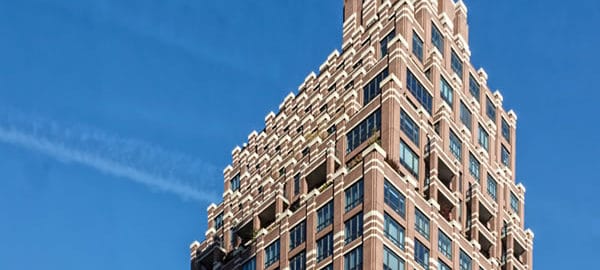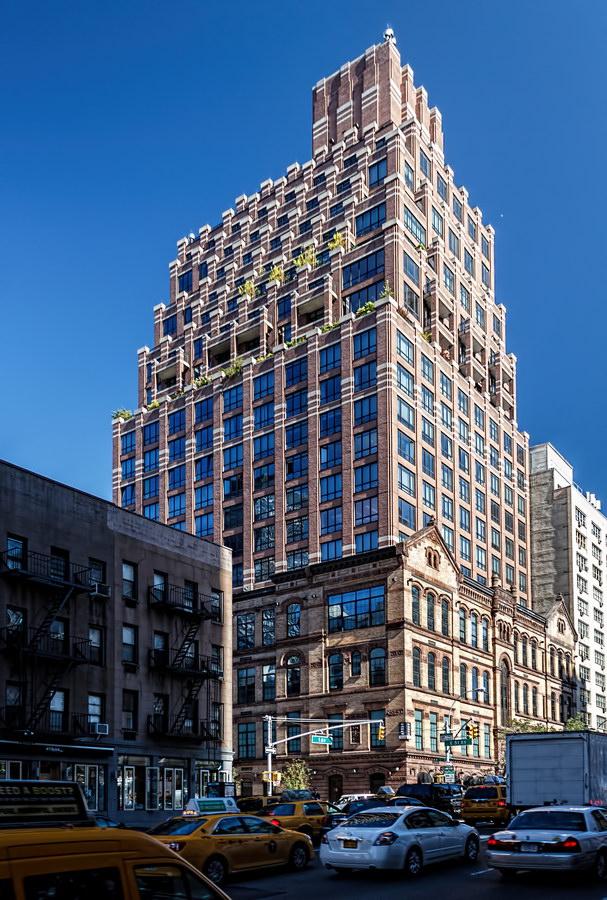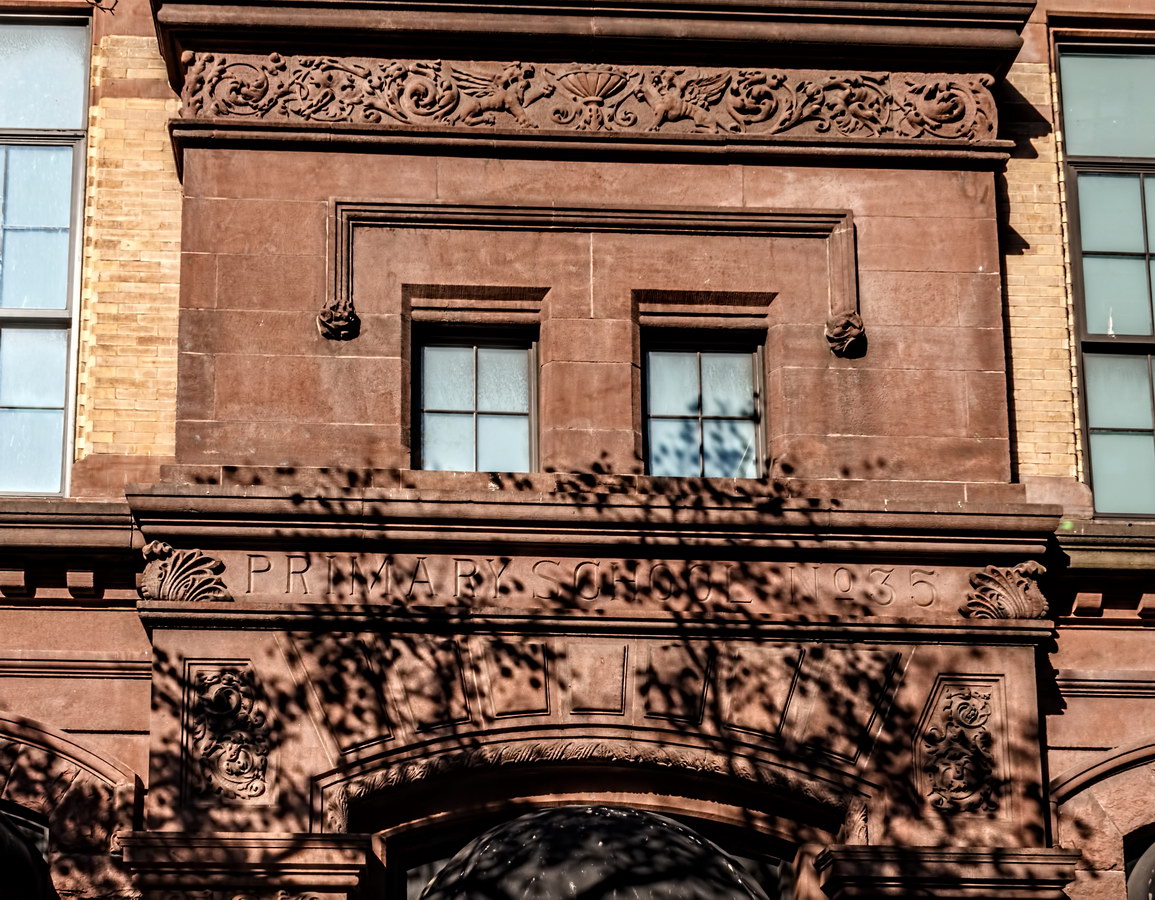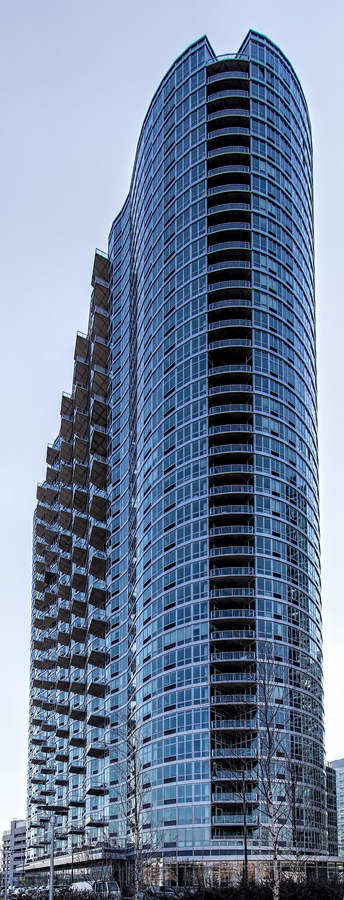The Montague is one of three Queen Anne style apartment buildings designed by Parfitt Brothers on Montague Street; the other two, a joined set of near twins, are just three doors up the street.
The eight-story Montague started out as elevatorless(!) apartments, but were converted at the turn of the century into an apartment hotel (see New York Sun advertisement).
Apartment hotels competed with “bachelor flats” of the era: Daily maid service was included, but there were no kitchens – residents could take their meals in a ground floor cafe on the European Plan.
As the neighborhood changed, so did the building – becoming a welfare hotel, and returning to an apartment building. It’s now a 25-unit co-op, with one- and two-bedroom apartments listing for $750,000 and up.
The Montague Vital Statistics
- Location: 105 Montague Street, between Hicks and Henry Streets
- Year completed: 1885
- Architect: Parfitt Bros.
- Floors: 8
- Style: Queen Anne
- New York City Landmark: 1965
The Montague Recommended Reading
- NYC Landmarks Preservation Commission designation report (Brooklyn Heights Historic District)
- The New York Times Streetscapes column
- Brownstoner – Building of the Day blog
- “An Architectural Guidebook to Brooklyn,” pg. 158 (in Google Books)
- New York Sun advertisement [pdf] (1902)









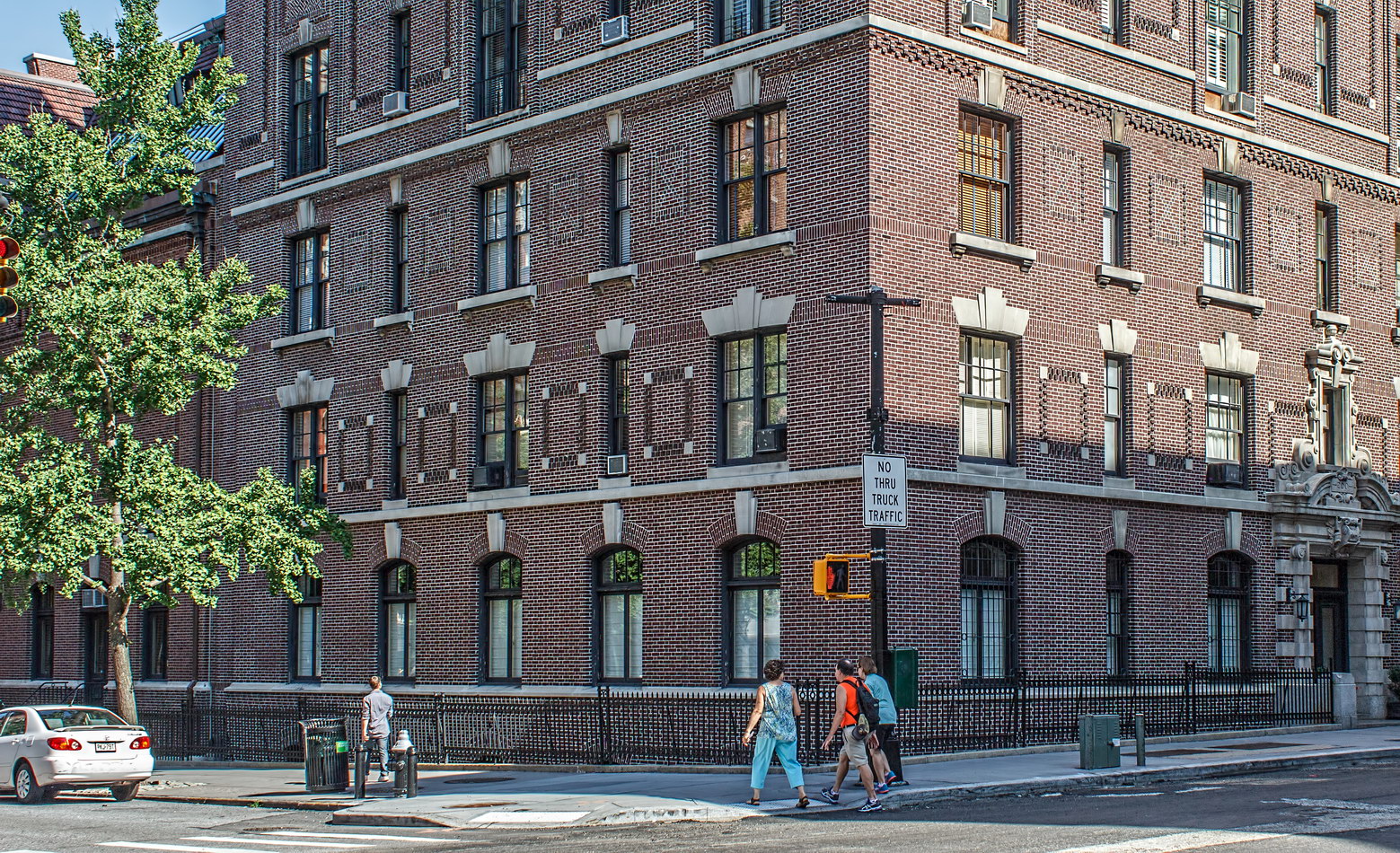


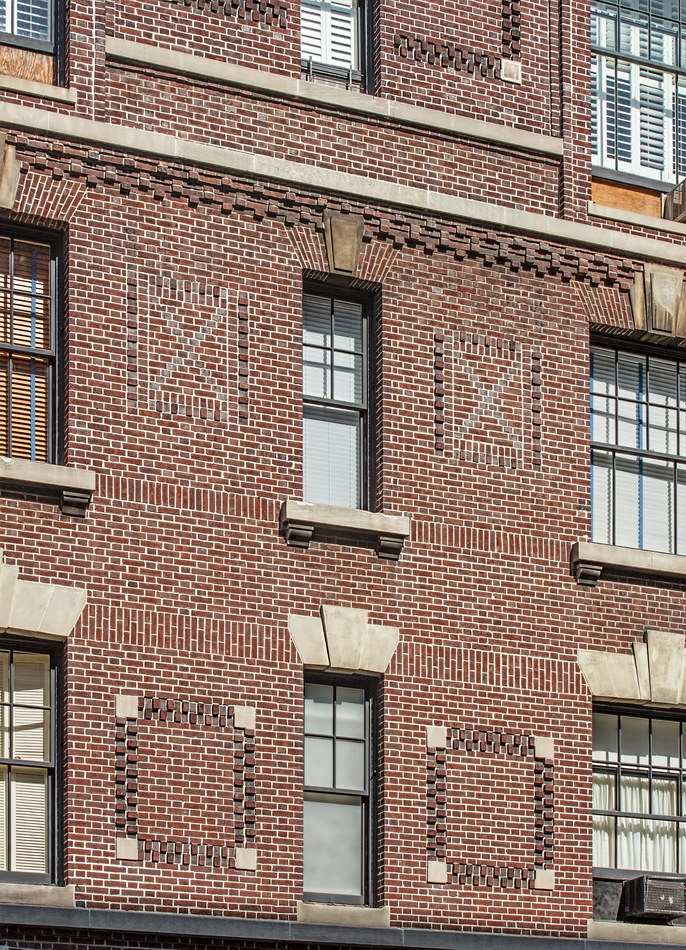










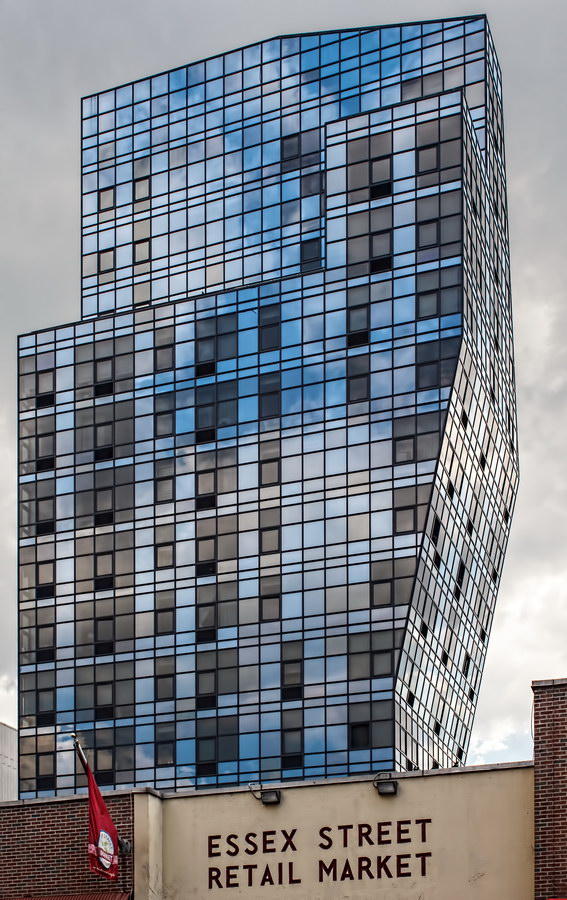




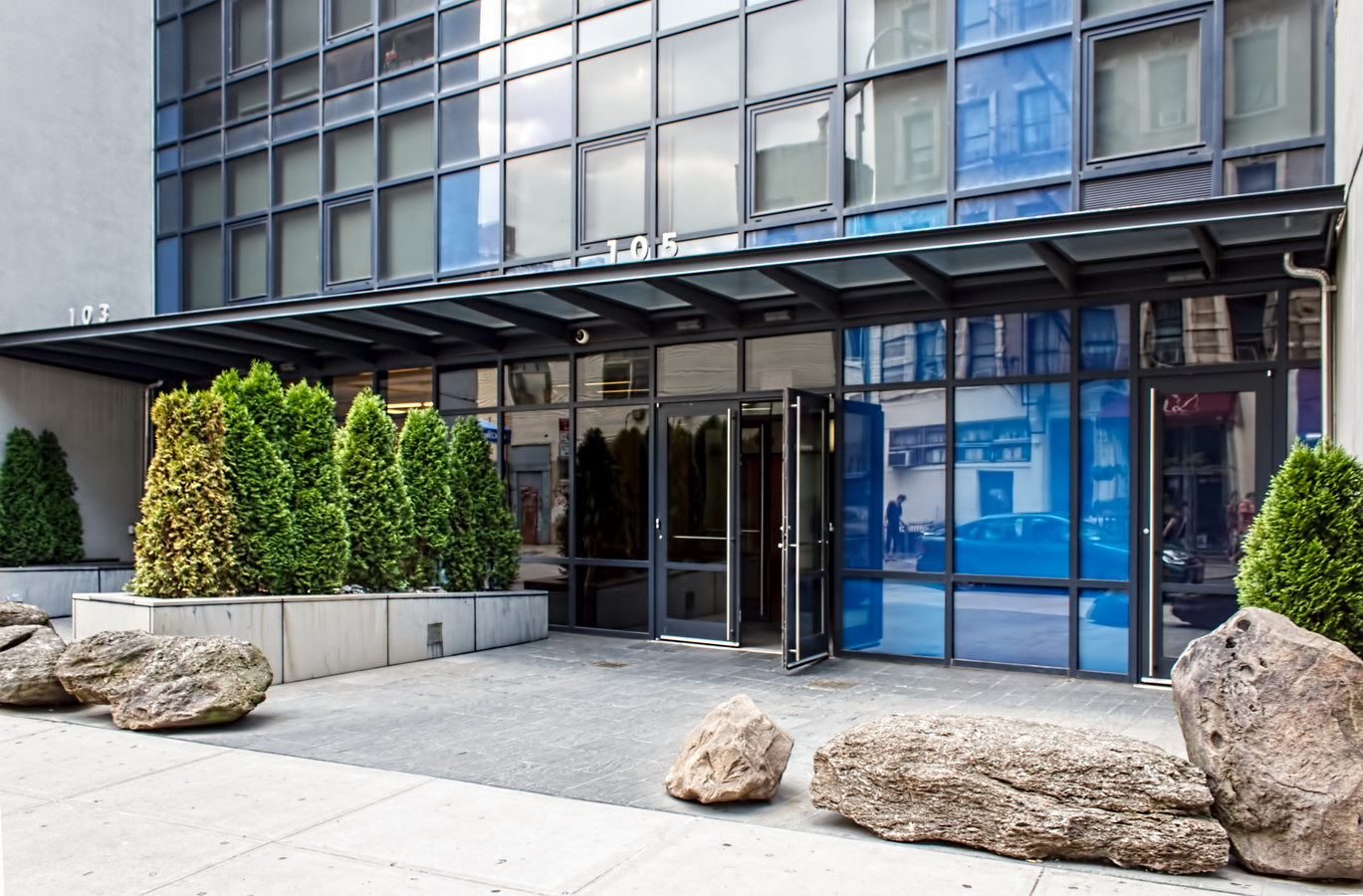

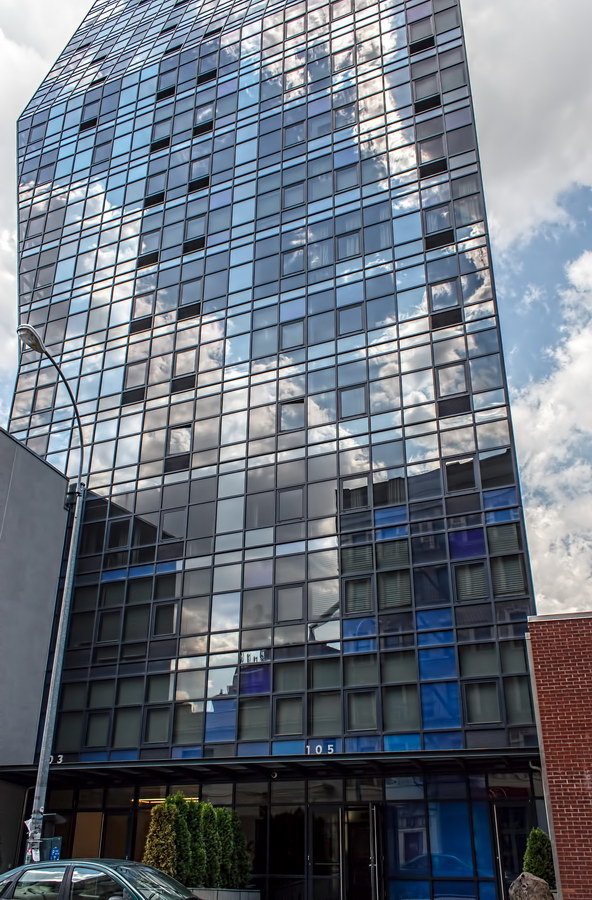







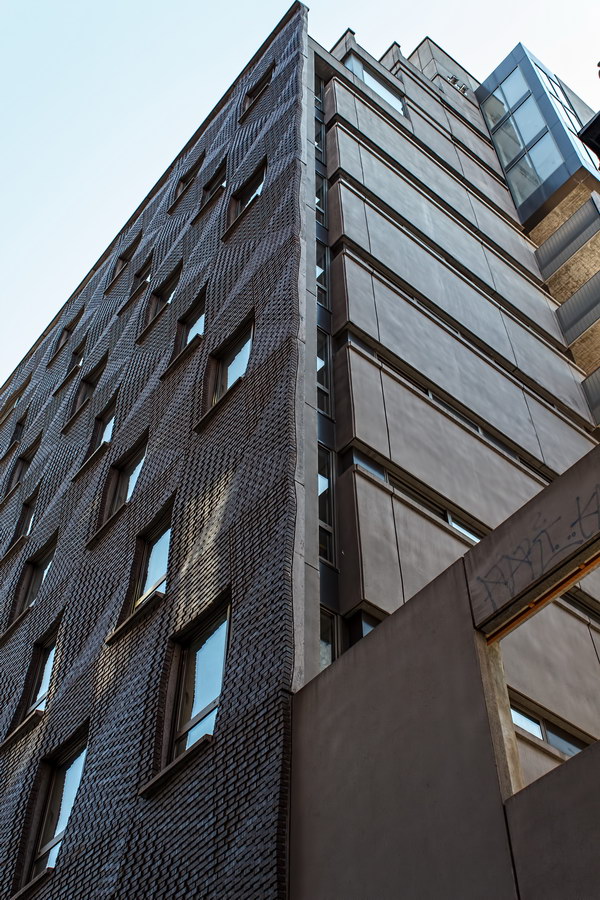



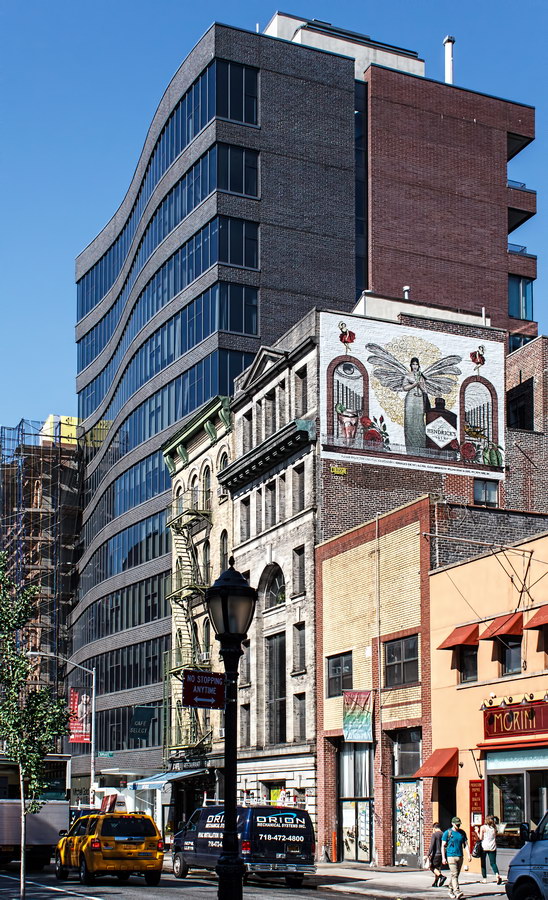





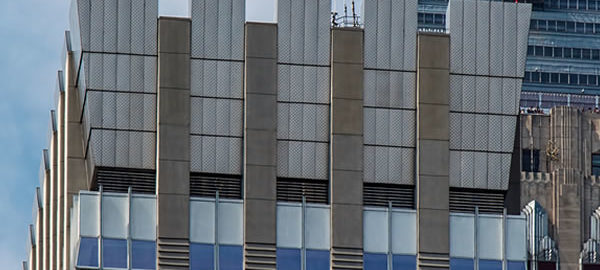





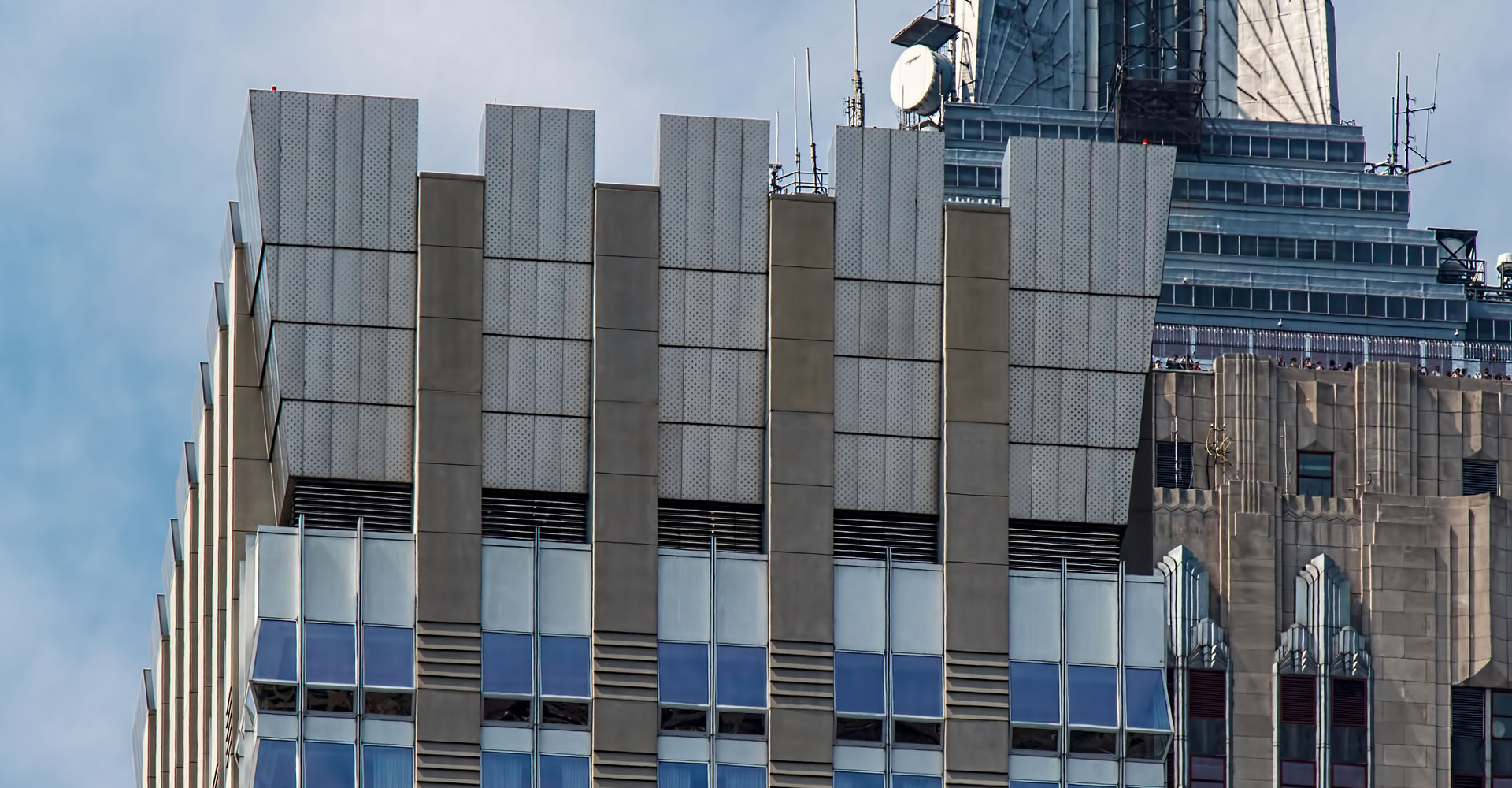
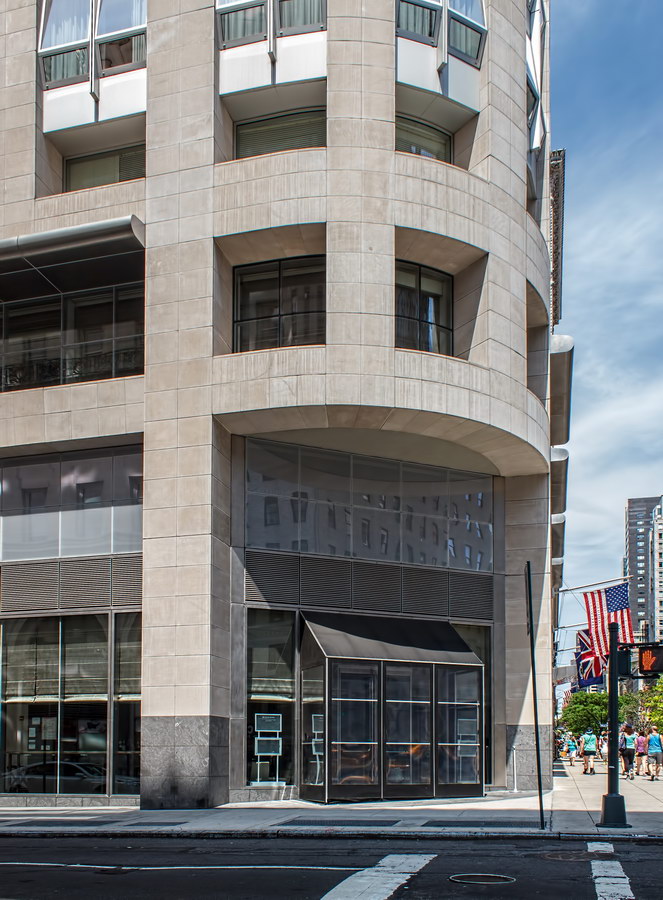
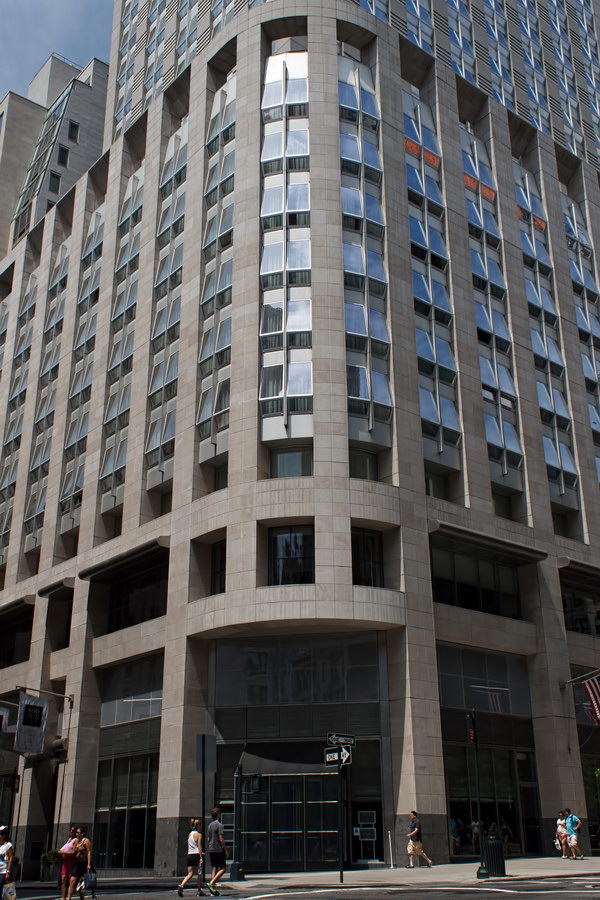

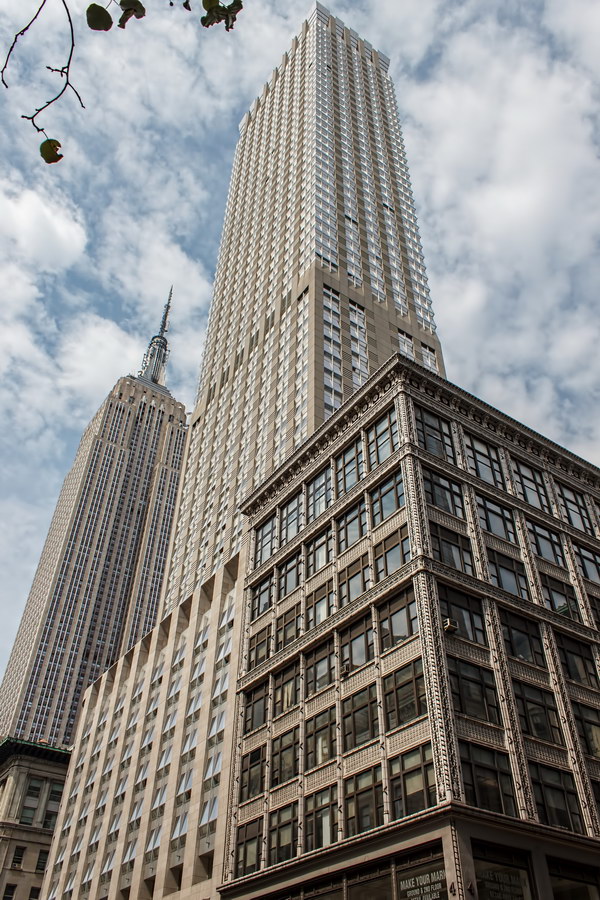






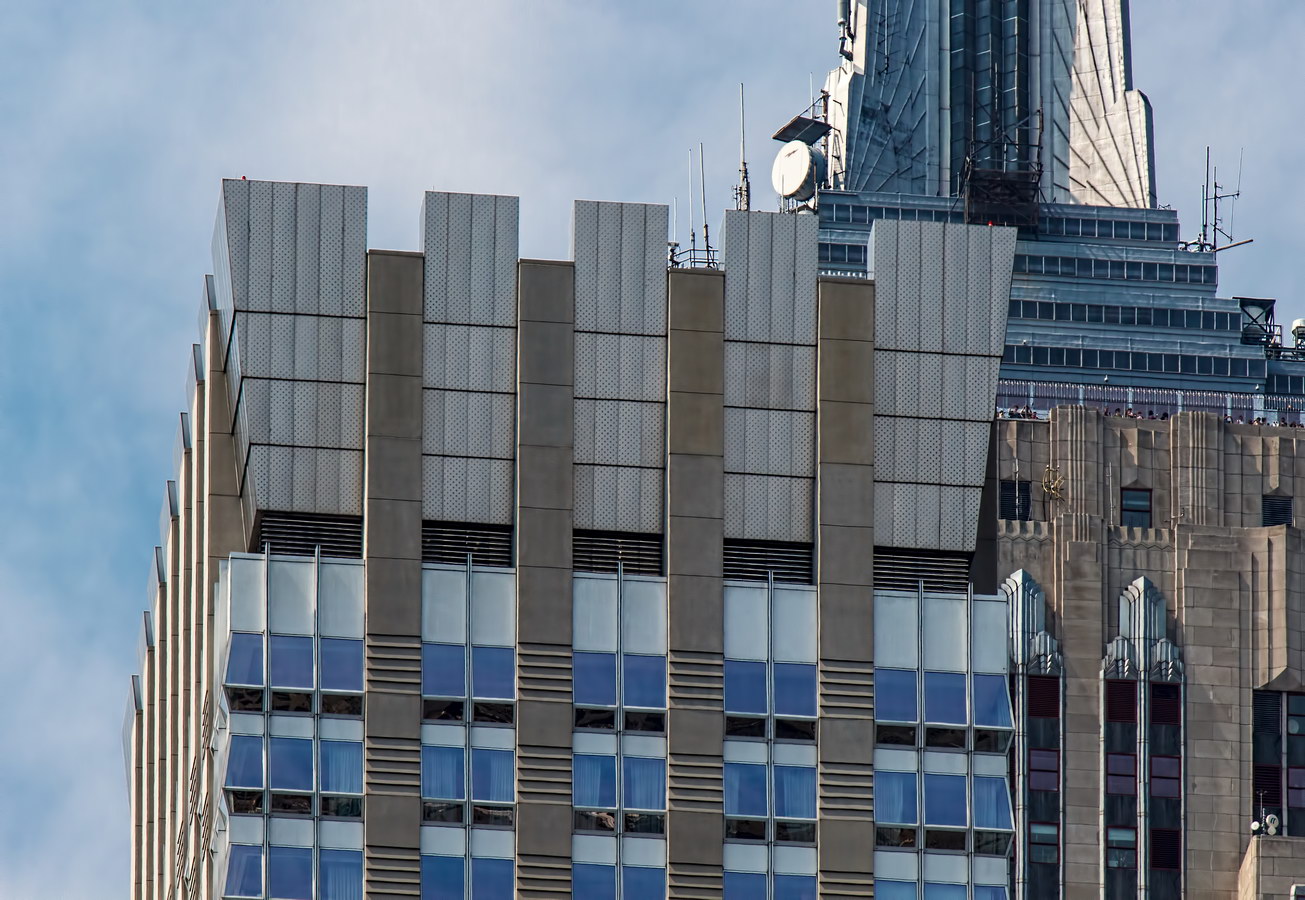
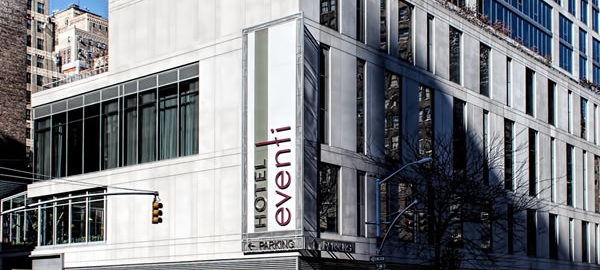

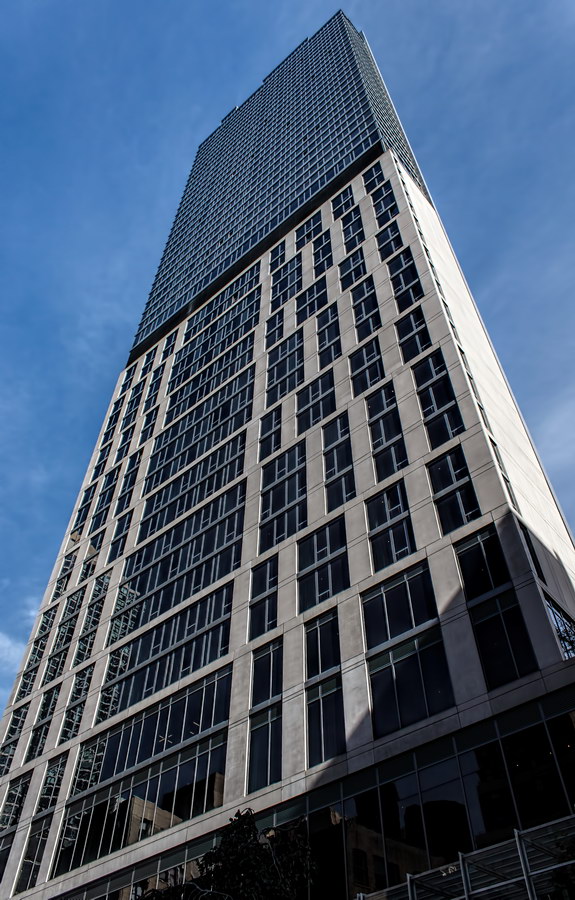



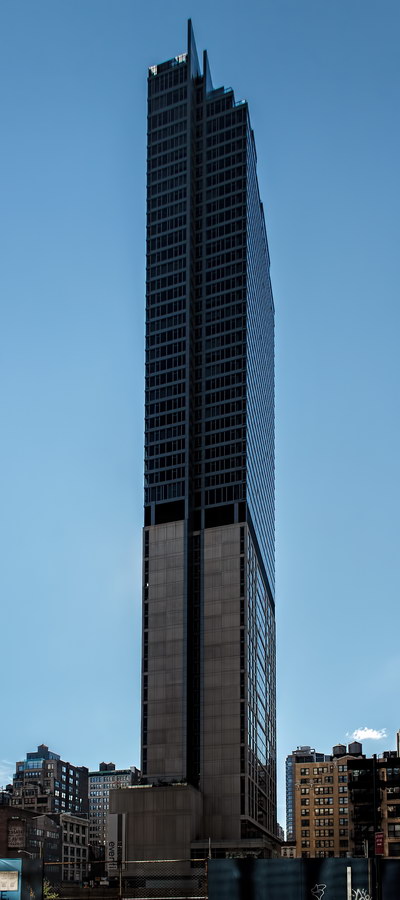


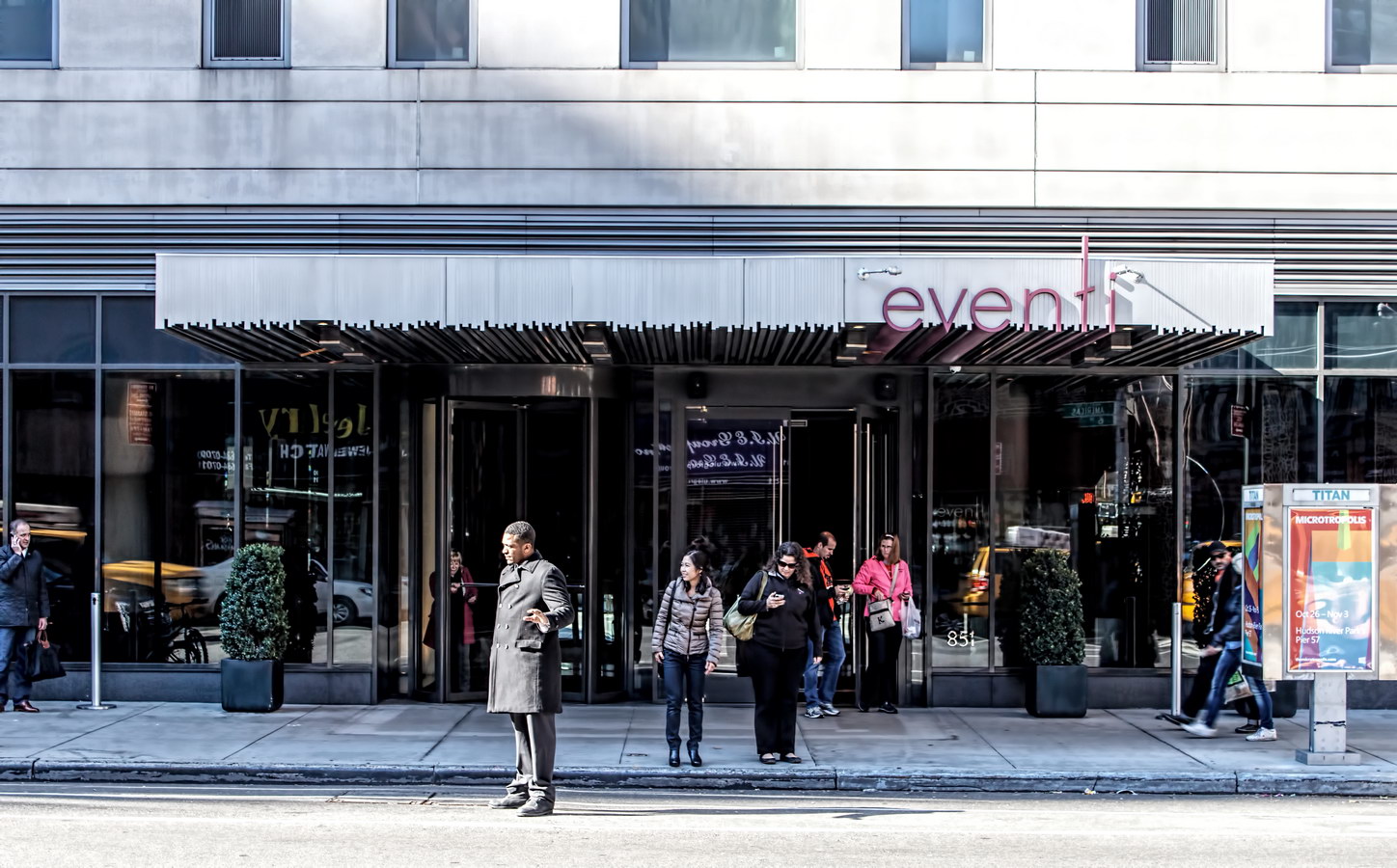







![Lipstick Building [9] Lipstick Building [9]](https://www.newyorkitecture.com/wp-content/gallery/lipstick-building/IMG_3697_resize.jpg)
![Lipstick Building [17] Lipstick Building [17]](https://www.newyorkitecture.com/wp-content/gallery/lipstick-building/IMG_4153_resize.jpg)
![Lipstick Building [16] Lipstick Building [16]](https://www.newyorkitecture.com/wp-content/gallery/lipstick-building/IMG_4054_resize.jpg)
![Lipstick Building [15] Lipstick Building [15]](https://www.newyorkitecture.com/wp-content/gallery/lipstick-building/IMG_4006_resize.jpg)
![Lipstick Building [14] Lipstick Building [14]](https://www.newyorkitecture.com/wp-content/gallery/lipstick-building/IMG_4002_resize.jpg)
![Lipstick Building [13] Lipstick Building [13]](https://www.newyorkitecture.com/wp-content/gallery/lipstick-building/IMG_4000_resize.jpg)
![Lipstick Building [12] Lipstick Building [12]](https://www.newyorkitecture.com/wp-content/gallery/lipstick-building/IMG_3998_resize.jpg)
![Lipstick Building [11] Lipstick Building [11]](https://www.newyorkitecture.com/wp-content/gallery/lipstick-building/IMG_3995_resize.jpg)
![Lipstick Building [10] Lipstick Building [10]](https://www.newyorkitecture.com/wp-content/gallery/lipstick-building/IMG_3703_resize.jpg)
![Lipstick Building [1] Lipstick Building [1]](https://www.newyorkitecture.com/wp-content/gallery/lipstick-building/IMG_3645_resize.jpg)
![Lipstick Building [8] Lipstick Building [8]](https://www.newyorkitecture.com/wp-content/gallery/lipstick-building/IMG_3684_resize.jpg)
![Lipstick Building [7] Lipstick Building [7]](https://www.newyorkitecture.com/wp-content/gallery/lipstick-building/IMG_3680_resize.jpg)
![Lipstick Building [6] Lipstick Building [6]](https://www.newyorkitecture.com/wp-content/gallery/lipstick-building/IMG_3667_resize.jpg)
![Lipstick Building [5] Lipstick Building [5]](https://www.newyorkitecture.com/wp-content/gallery/lipstick-building/IMG_3666_resize.jpg)
![Lipstick Building [4] Lipstick Building [4]](https://www.newyorkitecture.com/wp-content/gallery/lipstick-building/IMG_3658_resize.jpg)
![Lipstick Building [3] Lipstick Building [3]](https://www.newyorkitecture.com/wp-content/gallery/lipstick-building/IMG_3655_resize.jpg)
![Lipstick Building [2] Lipstick Building [2]](https://www.newyorkitecture.com/wp-content/gallery/lipstick-building/IMG_3650_resize.jpg)
